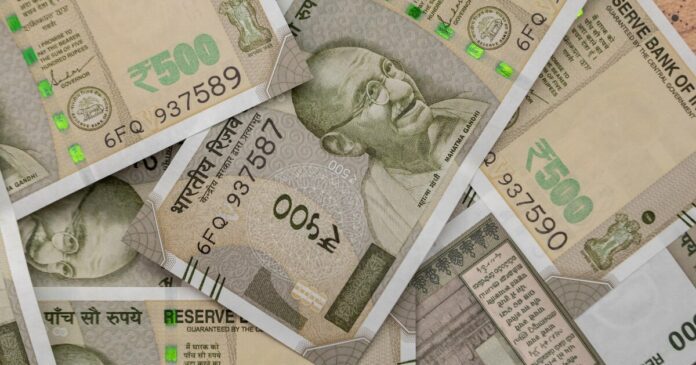the indian rupee is undervalued for the third straight month (reer: 97.47), driven by low domestic inflation and a weak neer (84.58). economists say this phase is crucial for boosting india’s exports.
The rupee story: lowest in seven years
the indian rupee is doing something interesting: it’s been undervalued for three straight months now. that’s the longest stretch in seven years. that happened.
the rbi data is showing the real effective exchange rate (reer)—which adjusts for inflation—slipping to 97.47 in october. anything below 100? that signals undervaluation.
the nominal effective exchange rate (neer)—the one without the inflation adjustment—is also weakening consistently. it dropped to 84.58 in october from 90.85 just a year ago, pointing to a broader depreciation against our major trading partners.
What’s behind the slide? it’s an inflation thing.
the thing is, this isn’t solely about the spot exchange rate. economists are saying the current undervaluation is primarily inflation-driven, or nothing.
dhiraj nim, an economist and forex strategist, put it straight: “domestic inflation is very low currently,” and that’s the big contributory factor to reer falling below 100, apart from the currency depreciation itself.
india generally grows faster than its trading partners, let’s be real. so, nim suggests, if the reer is around 102–103, the currency is usually considered “fairly valued.” right now, it’s clearly undervalued.
The export advantage: a competitive edge
but this undervaluation isn’t necessarily a bad thing. it’s actually supportive of exports.
both nim and paras jasrai from india ratings and research agree on this. a weaker rupee makes indian goods and services cheaper for global markets. that happened. it gives indian exporters a crucial competitive edge.
the catch is, nim thinks this trend might reverse once domestic inflation starts to edge higher, maybe from april onwards. for now, though? it’s a favorable phase for india’s exports—a direct market booster tied to a softer currency and low prices at home. it’s an ongoing dynamic.


